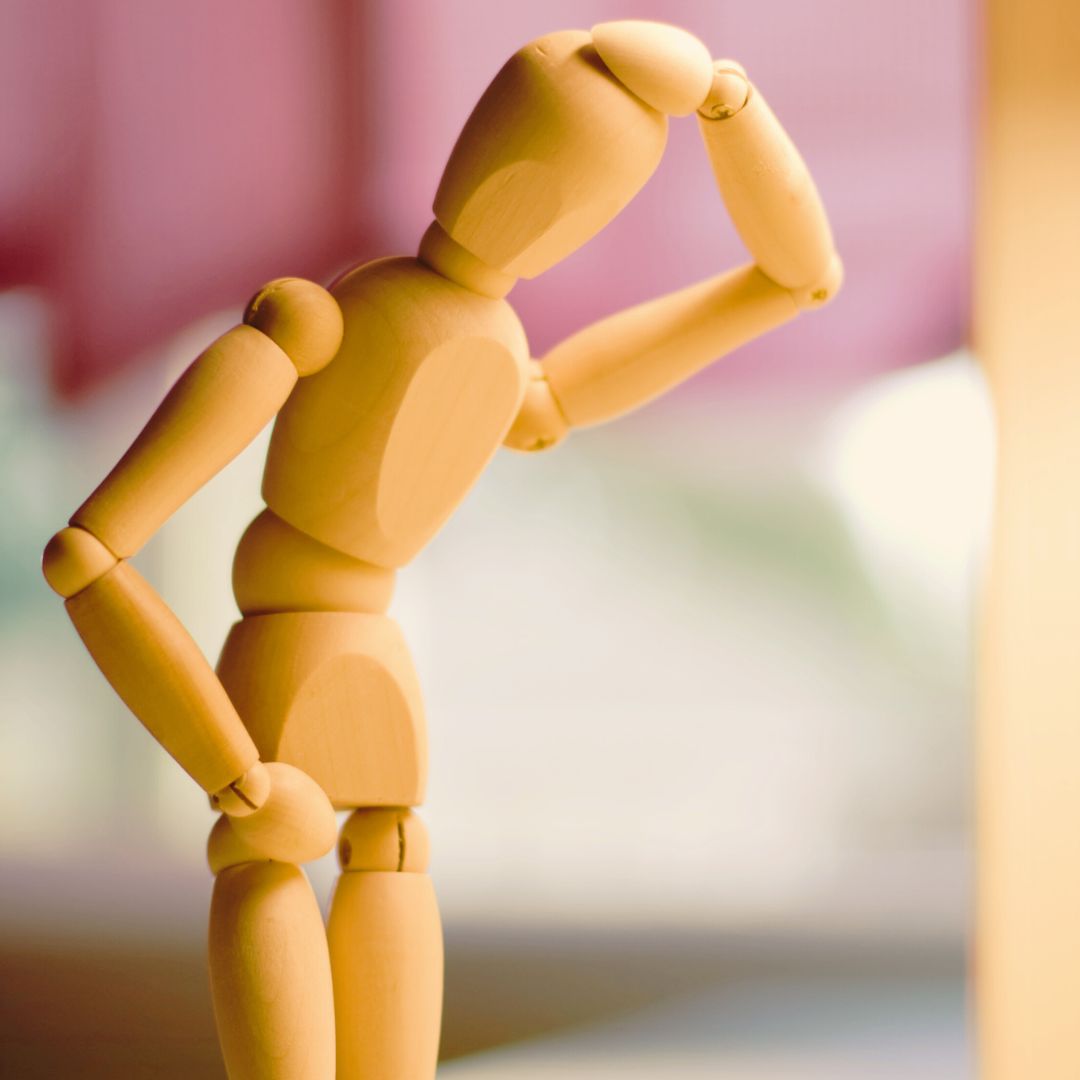Get Relief From Your Pain
Medications used to relieve pain are commonly referred to as analgesic medications. Topical analgesics (creams that you apply directly to the skin over the area that hurts), like Myoflex®, can provide fast and effective pain relief.
Myoflex® can be massaged in wherever and whenever you have pain. It’s odour-free so no one knows you’re using it, plus it absorbs quickly without sticking to or staining clothes. It’s available in three different formulas so you can get the type of relief that works best for you.
Short Term Pain Relief
There are a number of options available for the treatment of pain, particularly in the form of medication. There are a lot of over-the-counter oral pain relievers can be used in conjunction with an analgeslic rub.1
If your discomfort persists, talk to your doctor about stronger prescription medications or other treatment options.
Cold therapy is another treatment option that can provide some short-term pain relief. Cold is generally best for pain due to injury, such as a sprained ankle, because it reduces swelling and inflammation.9
Long Term Pain Relief
Heat Therapy
Applying heat helps to encourage circulation in the area or areas in which you are experiencing pain. This improved blood flow can help lessen the pain. You may want to consider one of the following methods for applying heat: 14
- Putting a heating pad on the area of the body where you feel the pain
- Soaking in a hot bath or standing under a hot shower
- Using a hot water bottle on the site of pain
It is important to be careful so that you do not burn yourself. Regardless of the method you use to apply heat, the skin should NOT turn bright red and it is important that you make sure you don’t apply the heat for too long.14
The length of time you apply heat generally depends on the type of pain or injury you have experienced. For more serious pain or injuries, you may want to apply heat for up to two hours at a time, whereas for a minor pain or injury, you may only want to apply it for about 15 to 20 minutes at a time.15
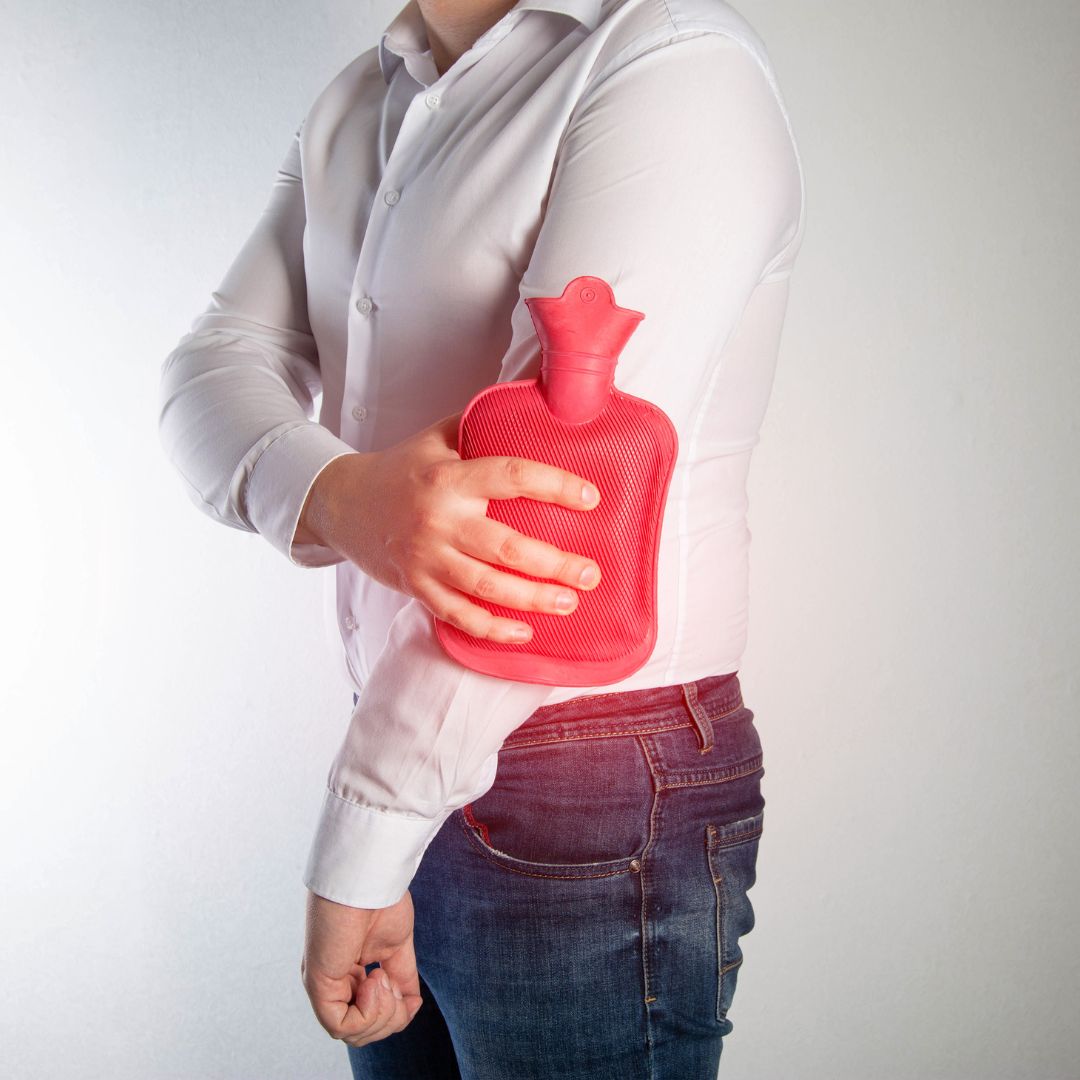
Cold Therapy
Cold therapy can be an effective method of managing pain in joints and muscles that are swollen and inflamed.
Cold therapy reduces the blood flow to the area, which can help reduce swelling and inflammation, and the resulting pain. Due to its numbing effects on the area, it may also help slow the transmission of pain signals from the affected site to the brain.14
You may want to consider one of the following methods of applying cold:14
- Applying a homemade icepack (such as a bag of ice or a bag of frozen vegetables)
- Using a store-bought, ready-made icepack
- Soaking a washcloth in cold water and applying it to the site of pain
It is important to limit the amount of exposure your skin has to cold and ice. Try applying cold for 10-15 minutes, three to four times a day.9
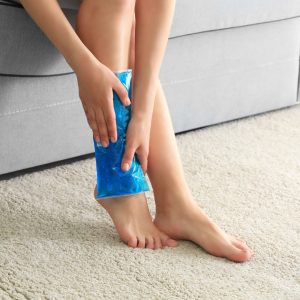
Massage
Massage is another treatment that can be used over the long-term to help manage pain.
Massaging the painful area may provide some relief. If the area is too tender, a gentle hand or foot massage can still help by promoting relaxation and easing discomfort.9

Proper Sleep
Proper sleep is important but can be difficult to achieve for a person experiencing pain. Here are some tips you may want to consider to help improve your quality and quantity of sleep:16
- Stop, or at least limit, your caffeine consumption
- Limit the amount of alcohol you consume, particularly during the evening
- Try not to exercise vigorously in the evening
- Practice relaxation techniques, such as deep breathing
If your pain causes sleep problems two to three times a night and you are not able to fall asleep again afterwards, you should consider talking to your doctor.16

Maintaining a Healthy Weight
According to the Arthritis Society, losing just 10 pounds can reduce pressure on the knees by 40 pounds. A combination of a balanced diet and a regular exercise regimen is a tested way to maintain a healthy weight.

Focus on Eating Healthy
Eating well is important for all of us, regardless of whether or not we are experiencing pain. Using Canada’s Food Guide can help you make sure you’re getting your daily dietary requirements for optimum health.17
Here are some simple tips that you may want to follow that will help you eat better:18
- Eat breakfast every day
- Eat vegetable and fruits with every meal and as snacks
- Order smaller portions when eating out
- Take the time to savor every bite – eating too quickly makes it difficult for you to know when your stomach is full
- Avoid skipping meals
- Drink water when you are thirsty and try to limit high calorie, sweetened drinks
A diet rich in omega-3 fatty acids, which can be found in many foods including cold-water fish, ground flaxseed and walnuts, can provide you with anti-inflammatory benefits.
Calcium and Vitamin D are great bone builders! Boost your intake with calcium and Vitamin D rich foods, or consider a supplement if you are not getting the recommended 1,000 to 1,500 milligrams of calcium per day from the foods you eat.

Pain and Exercise
The benefits of participating in a regular exercise routine are many. Regular exercise can help you increase strength, energy, and flexibility. These improvements may, in turn, enable you to get back to some of the activities that you couldn’t do previously, because of your pain.10 There are four different types of exercise that you should consider incorporating into your program:
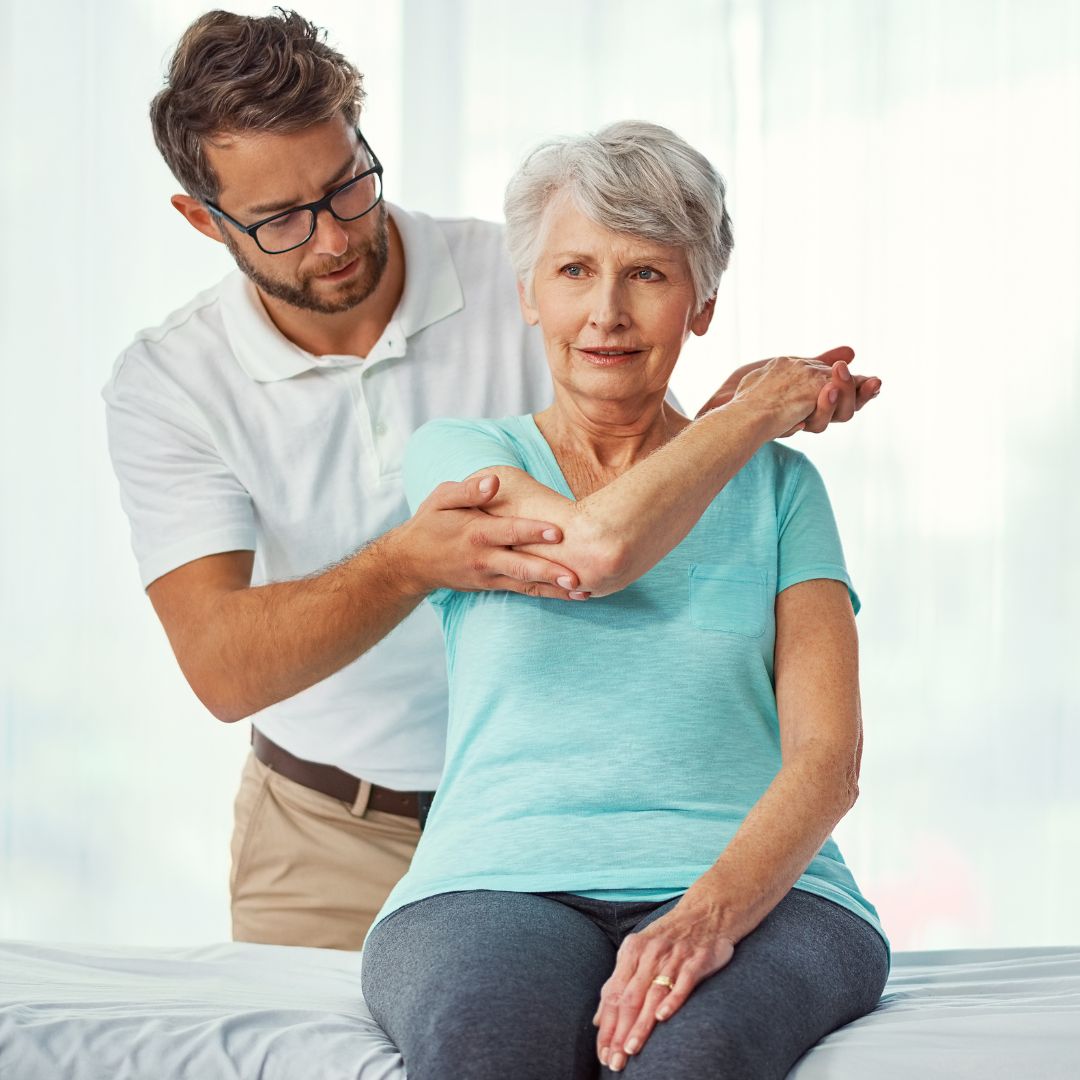

Motion Exercises
Motion exercises maintain or restore normal joint movement and relieve stiffness. Joints affected by arthritis need to be moved through their complete range of motion at least once daily. Ankle circles, heel/toe lifts, and knee raises are great ways to exercise your range of motion.

Range of Motion
Range of motion exercises are vital for athletes and highly active individuals to maintain peak flexibility, prevent injuries, and maximize performance. By moving joints through their full range of motion, athletes enhance mobility, minimize stiffness, and accelerate muscle recovery. Dynamic drills such as hip circles, shoulder rotations, and ankle mobility exercises are particularly effective for improving agility, power, and overall athletic performance while reducing the risk of strains and overuse injuries. Integrating these exercises into warm-ups and cooldowns helps athletes maintain joint health, optimize movement efficiency, and sustain high physical activity levels.

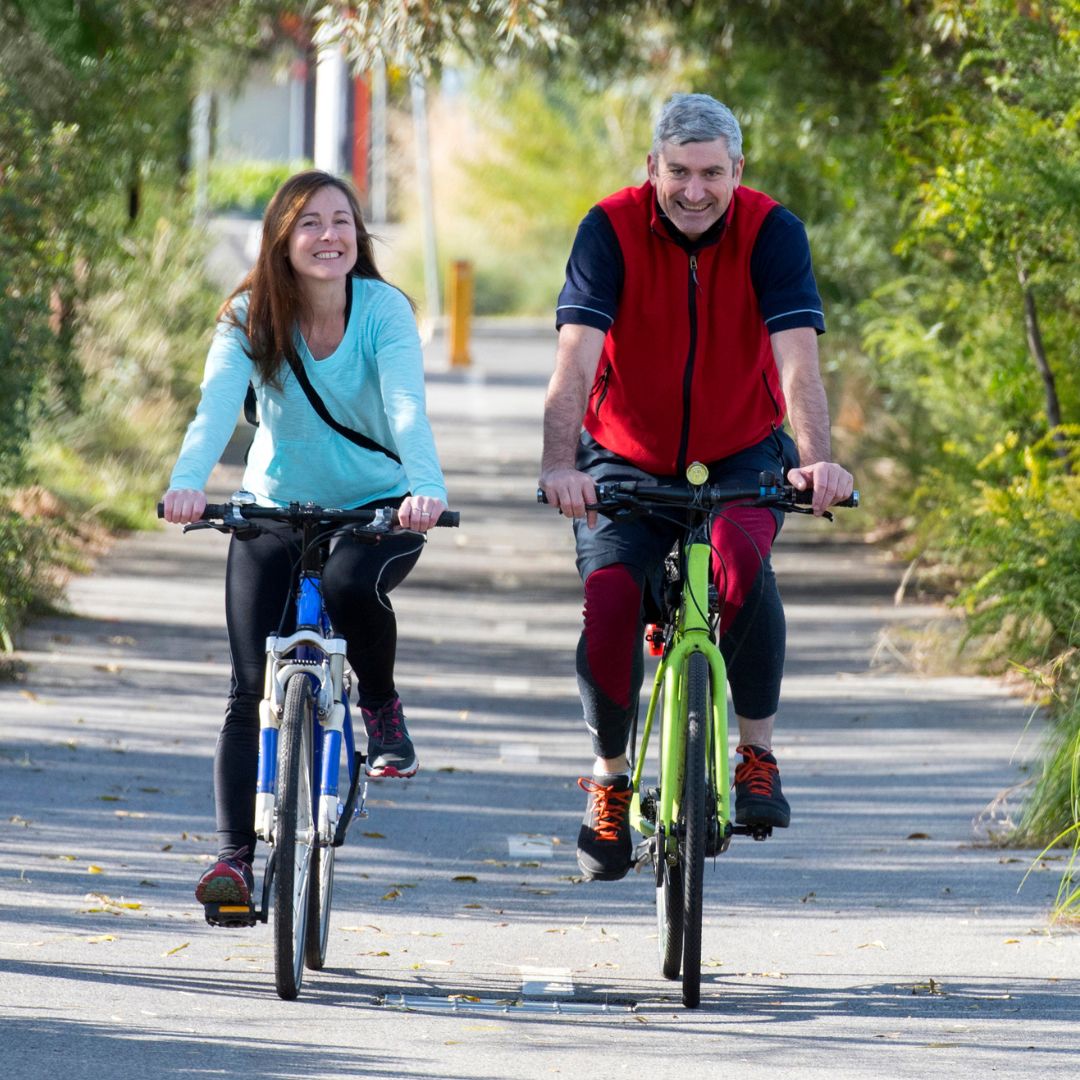

Endurance
Endurance exercises such as walking, cycling, swimming, and dancing use the large muscles of your body in rhythmic continuous motions to contribute to your overall fitness.

Physical Function
Body awareness exercises such as yoga and tai chi promote balance, posture, and breathing. Tufts University School of Medicine found that patients with knee osteoarthritis who engage in regular Tai Chi exercise, improve physical function and experience less pain.
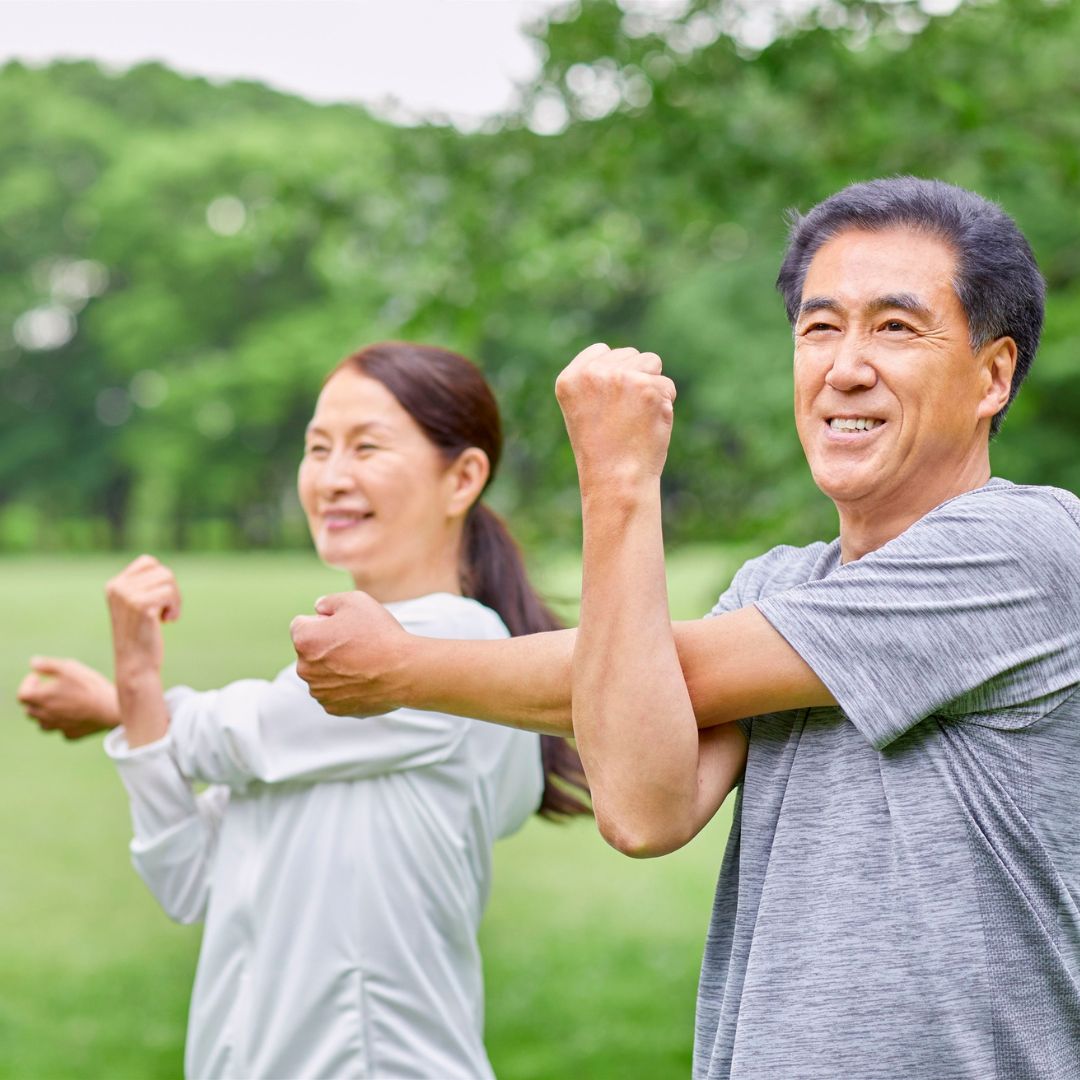
References
1. National Institute of Neurological Disorders and Stroke. Pain: Hope through research. http://www.ninds.nih.gov/disorders/chronic_pain/detail_chronic_pain.htm#175033084, accessed June 8, 2012.
9. Canadian Pain Coalition. Are there things I can do besides taking medication that can help my pain? http://www.canadianpaincoalition.ca/index.php/en/help-centre/conquering-pain/help-my-pain, accessed June 8, 2012.
14. Everyday Health. Heat or cold for chronic muscle pain? http://www.everydayhealth.com/pain-management/using-cold-and-heat.aspx, accessed July 10, 2012.
15. Spine Health. How to apply heat therapy. http://www.spine-health.com/print/treatment/heat-therapy-cold-therapy/how-apply-heat-therapy, accessed July 10, 2012.
16. Lavigne G, on behalf of the National Sleep Foundation. Pain and sleep: ask the expert. http://www.sleepfoundation.org/article/ask-the-expert/pain-and-sleep, accessed July 10, 2012.
17. Health Canada. Canada’s Food Guide: Maintaining health habits. http://www.hc-sc.gc.ca/fn-an/food-guide-aliment/maintain-adopt/index-eng.php, accessed July 10, 2012.
18. Health Canada. Canada’s Food Guide: Foods to limit. http://www.hc-sc.gc.ca/fn-an/food-guide-aliment/maintain-adopt/limit-eng.php, accessed July 10, 2012.
10. Canadian Pain Coalition. What are the negative effects of pain? Can I do anything myself? http://www.canadianpaincoalition.ca/index.php/en/help-centre/conquering-pain/effects-of-pain, accessed June 8, 2012.



